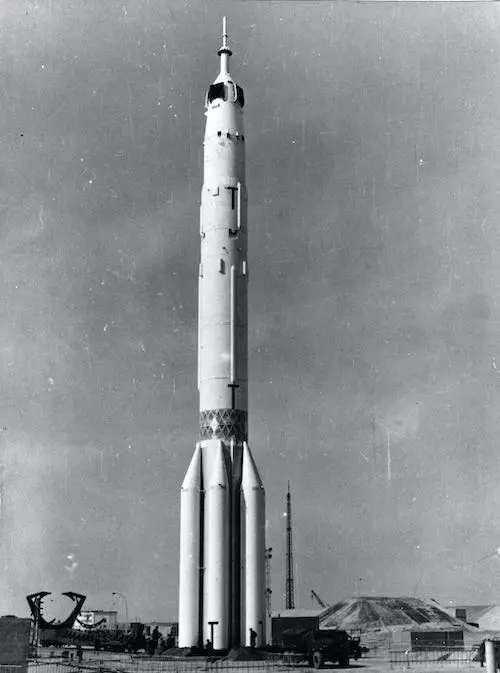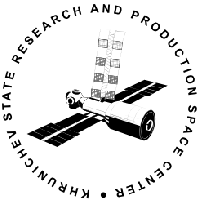Cosmos 382
Launch Success
Liftoff Time (GMT)
17:00:00
Wednesday December 2, 1970
Mission Details
Launch Notes
Seven ignitions of the RD-58 engine were performed, all successfully.
Cosmos 382
Cosmos 382 was a Soviet Soyuz 7K-L1E modification of a Soyuz 7K-L1 "Zond" spacecraft and was successfully test-launched into Low Earth Orbit on a Proton rocket designated as (Soyuz 7K-L1E No.2) on December 2, 1970. The main purpose of the mission was to test the N1/L3 spacecraft's Block D lunar orbit insertion/descent stage by simulating the lunar orbit insertion burn, the lunar orbit circularization burn, and the final lunar descent burn. Over the course of five days, the Block D stage was ignited three times to raise the initial ~190 km × ~300 km × 51.6° orbit to a final 2577 km × 5082 km × 55.87° orbit. The Block D stage was fitted with cameras in the tanks to monitor the fuel and oxidizer behaviour in weightlessness and during acceleration. Kosmos-382 also carried other experiments, including a prototype environmental control subsystem named "Rosa" for producing potable water from atmospheric condensate exhaled by cosmonauts onboard Soviet manned spacecraft. This system was later used on the Salyut space stations in the 1970s and 1980s.
Trans Lunar Injection
1 Payload
10,380 kilograms
Rocket


Manufacturer
KhrunichevRocket
Height: 56.14m
Payload to Orbit
LEO: 18,900 kg
GTO: 9,000 kg
Liftoff Thrust
8,840 Kilonewtons
Fairing
Diameter: 3.9m
Height: 8.9m
Stages
4
Launch Site
Stats
Proton-K
25th
Mission
6th
Mission of 1970
Khrunichev State Research and Production Space Center
538th
Mission
80th
Mission of 1970
1970
112th
Orbital launch attempt